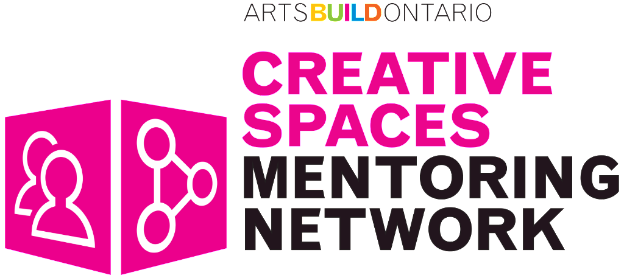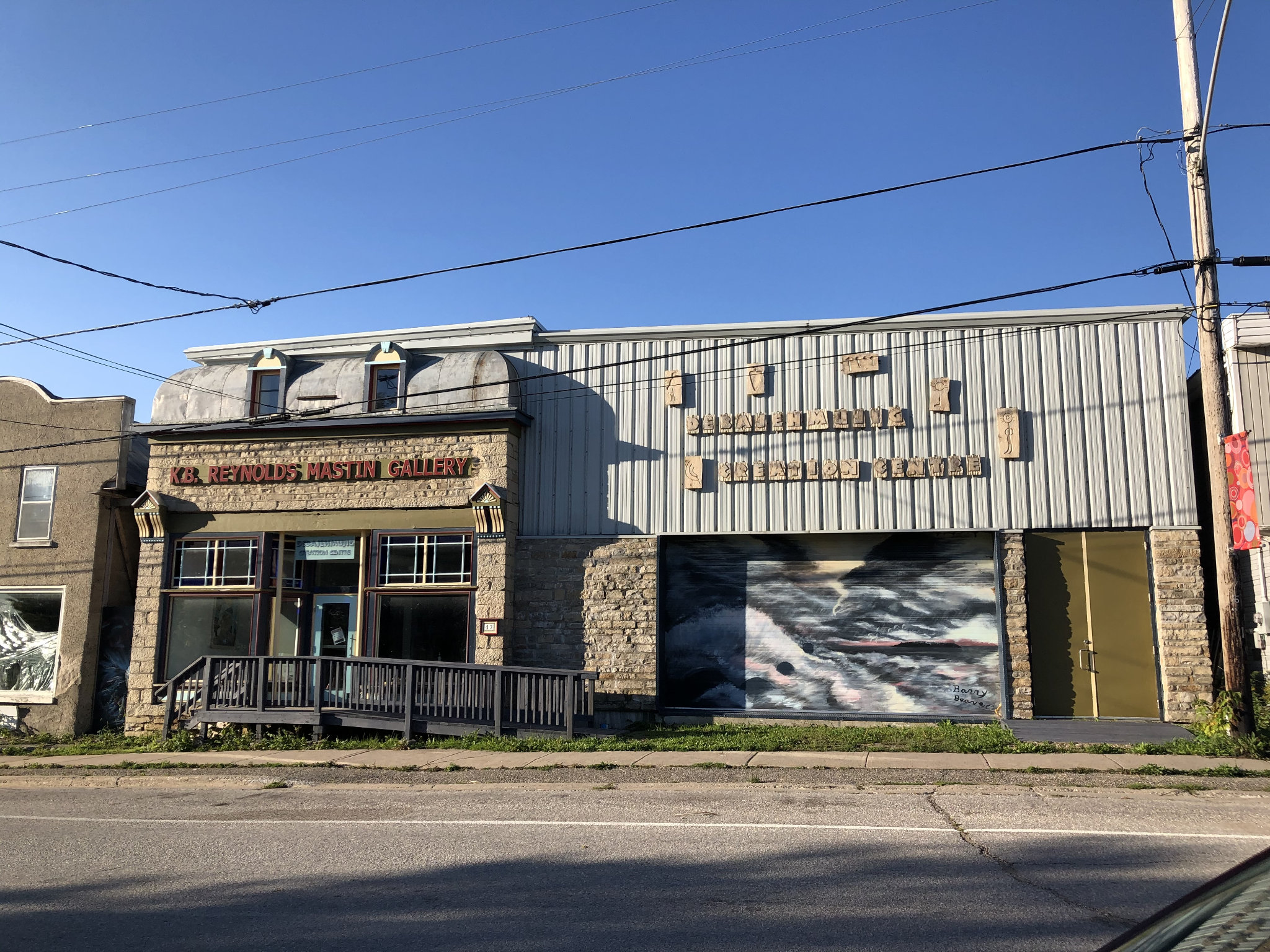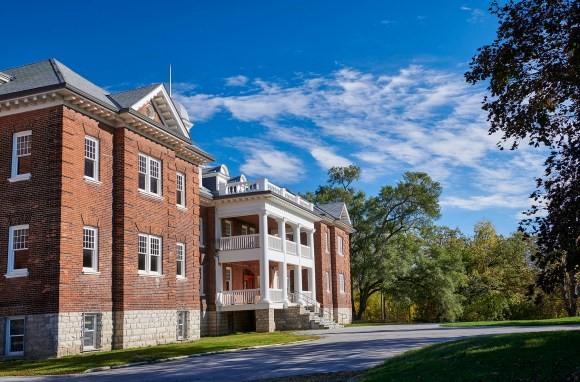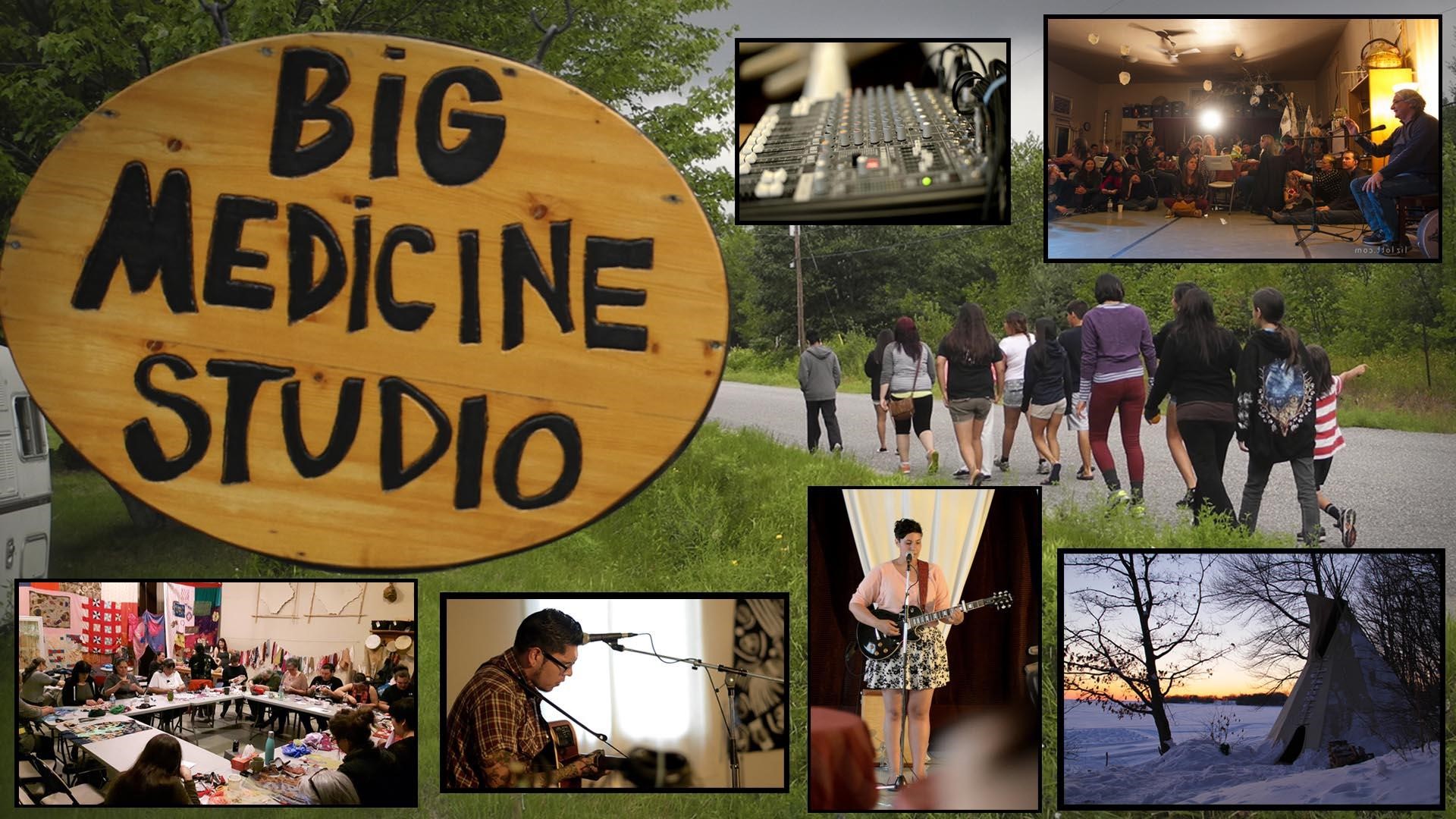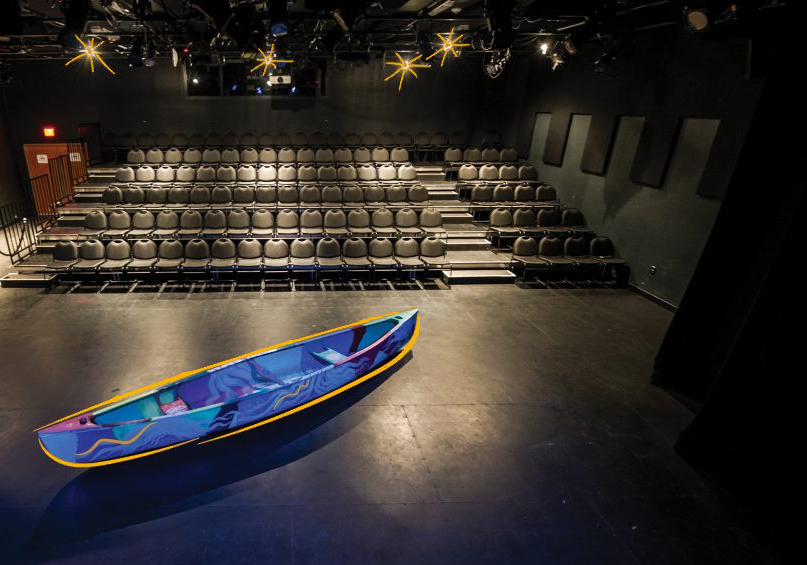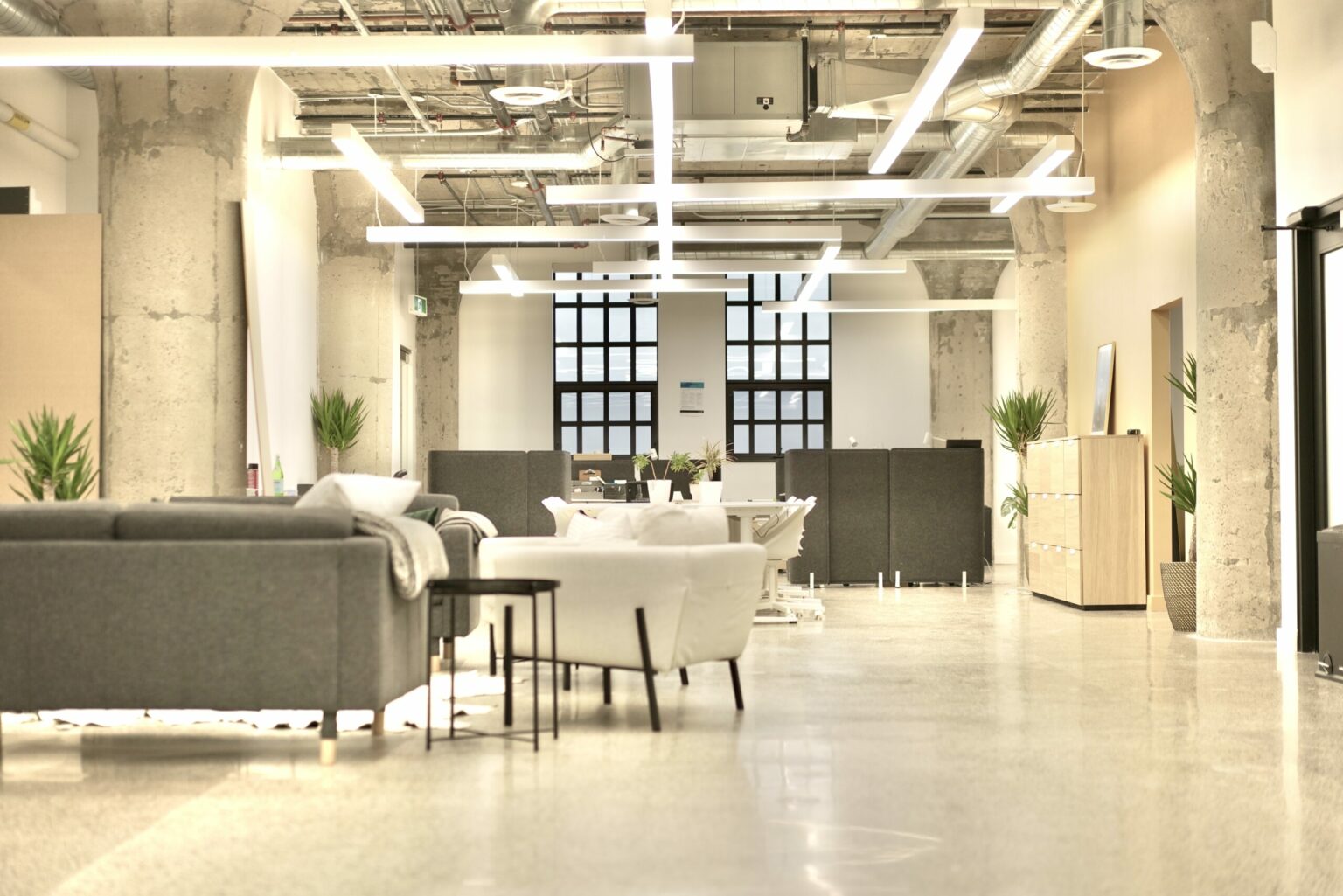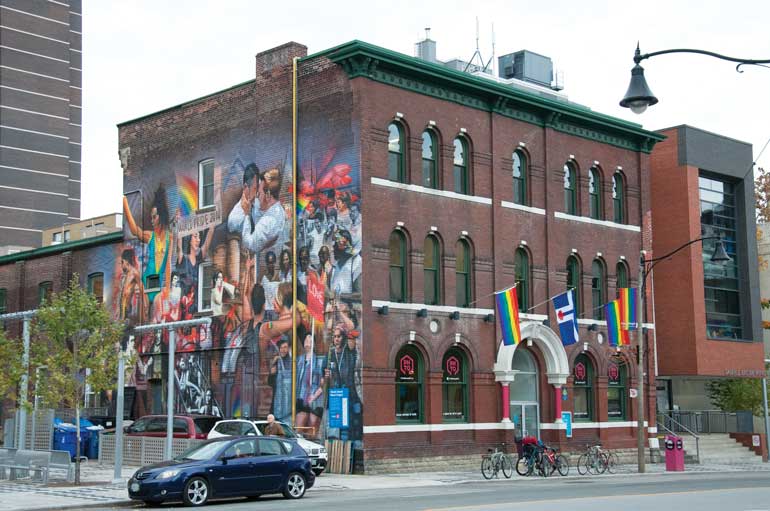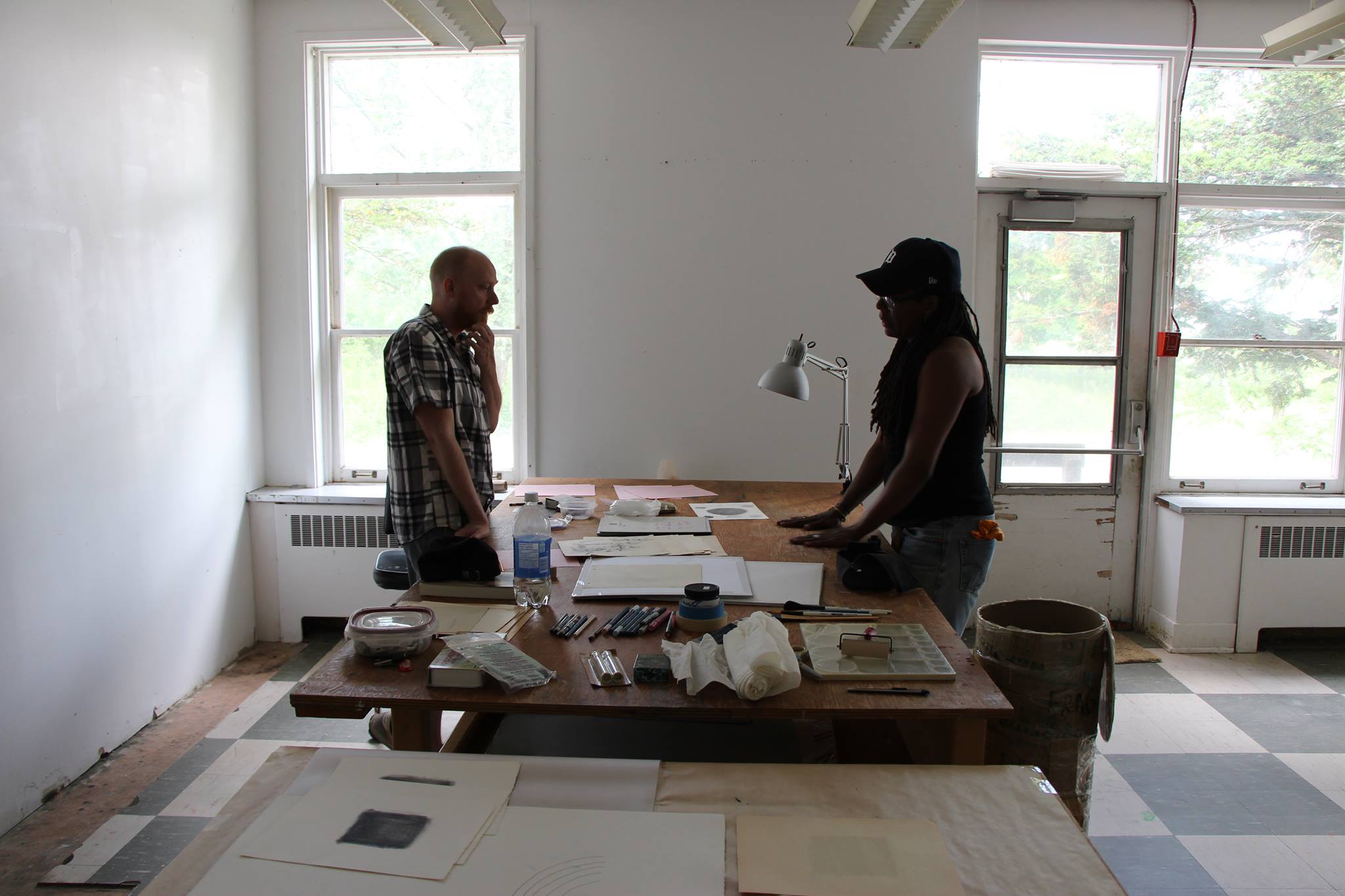A Day in the Life is a blog series spotlights arts managers and their unique day to day experiences operating creative space.
Author: Tatiana Doucette, Program Manager at ArtsBuild Ontario
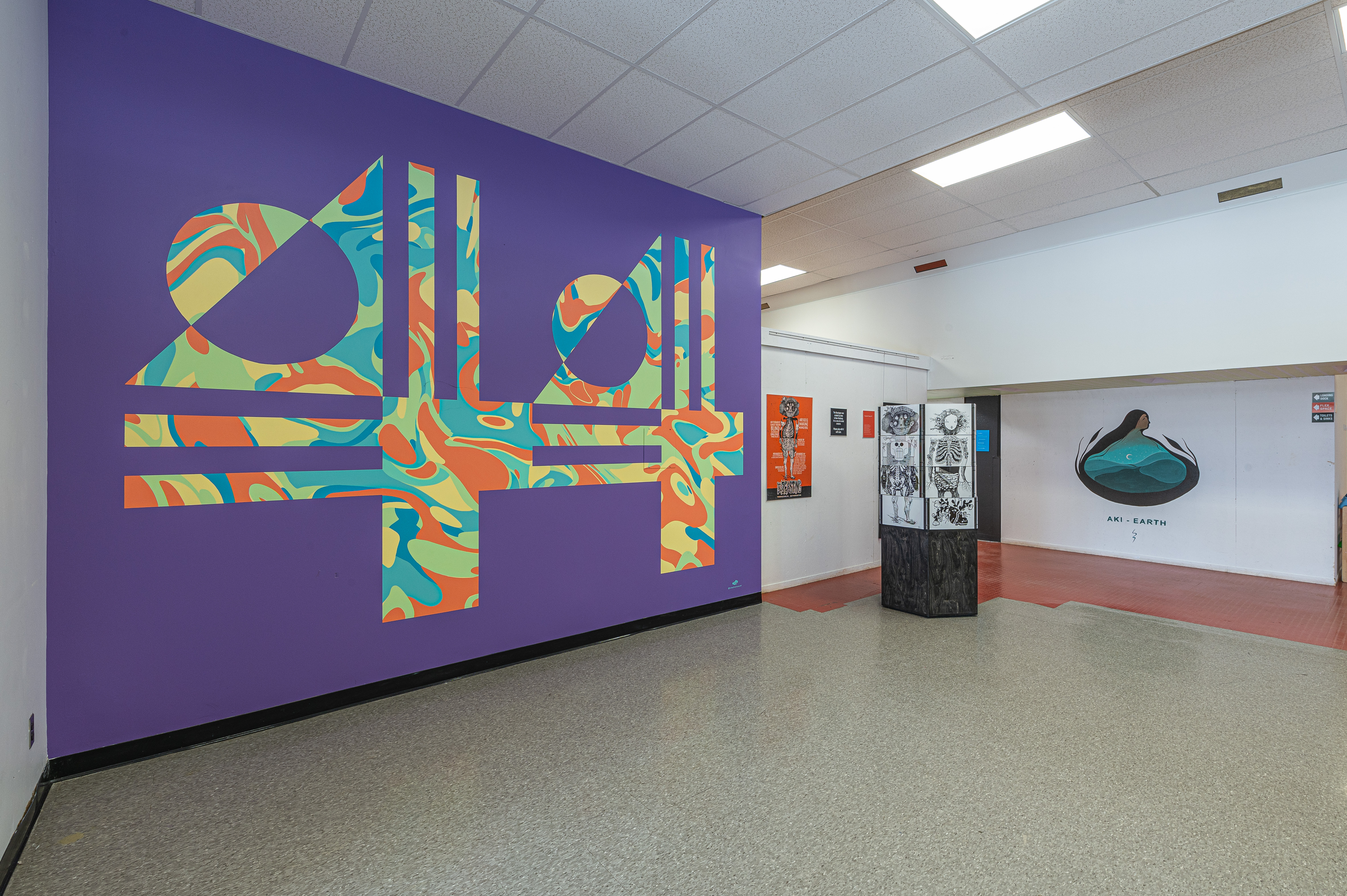
Image Credit: John Spaulding Photography
As a non-profit arts organiztion, ArtsBuild Ontario (ABO) wears many hats. We’re an arts service organization that delivers programs, takes onprojects and advocates for the sector – but we also operate 44 Gaukel Creative Workspace, in partnership with the City of Kitchener. Each day brings a range of wins and challenges, , and while many spaces move through a third year of the pandemic,we thought we would share our “day in the life” with our network of creative space managers!
I arrive at Gaukel at 8:30 each morning. After turning on all the lights, I head upstairs to brew a fresh pot of coffee andI do my morning walk through of the building. I check that our shared spaces like the Community Space and Rehearsal Space are returned back to normal from the previous nights rentals, make sure garbages are emptied, check the vending machine is stocked and make sure the building is tidy and ready for our renters and tenants.
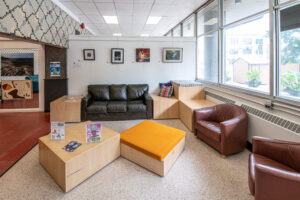 Image Credit: John Spaulding Photography
Image Credit: John Spaulding Photography
With coffee in hand, I head back down and continue with our weekly to do list. Charging security cameras, checking custodial supply stock, and printing off weekly booking sheets are all part of maintaining smooth operations. Sometimes the building needs some extra love and we will put in a facilities request to the City of Kitchener if something needs a repair.
After that, time to answer emails. I respond to both ABO and 44 Gaukel emails and make sure that any tenant needs are taken care of. On average, we recieve approximately 30 emails per day from tenants, renters and the community. Ding dong! We get a ring at our doorbell. We accept mail and package delieveries for r tenants. I hand out whatever mail gets delivered and usually run into a tenant or two to chat with. I love getting to know tenants and listening to what they are working on.
As the pandemic restrictions have eased, we have been very busy with tours and onboarding new tenants. This week alone, I had five tours of our space! If I have a tour, I am usually running around the building showing all of the different spaces, murals, and amenities 44 Gaukel has to offer. After a lunch break and (sometimes) a walk around Victoria Park, there is usually a meeting or two somewhere throughout the day. ABO has some new projects in the works and we are working on the next phase of the Indigenous Creative Spaces Project and preparing for round nine of the Creative Space Mentoring Network Program set to launch this Fall.
Other adminstrative work includes making communications plans, social media posts, and e-news content. Around 3pm I like to stretch my legs and do another stroll around the building. We have tenants, like Artshine, who package their subscription boxes in the common area. Other tenants, like Good Company Productions, sublease other spaces in the building for video and photo shoots. Some days we have artists creating new music or teaching lessons. Other days, it might be quiet with no tenants around. We also often have street markets or other community events happening on Gaukel street. This summer, the City of Kitchener has been hosting events almost every weekend. No day or week is ever the same.
By 4:30pm I wrap up.I leave the building and wonder what the next day will bring…

